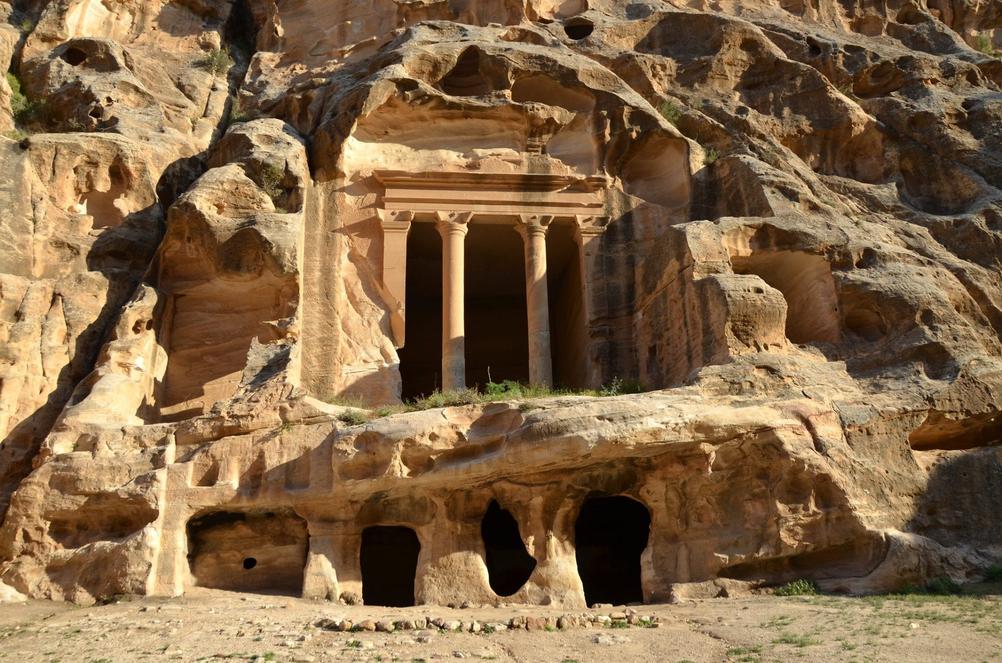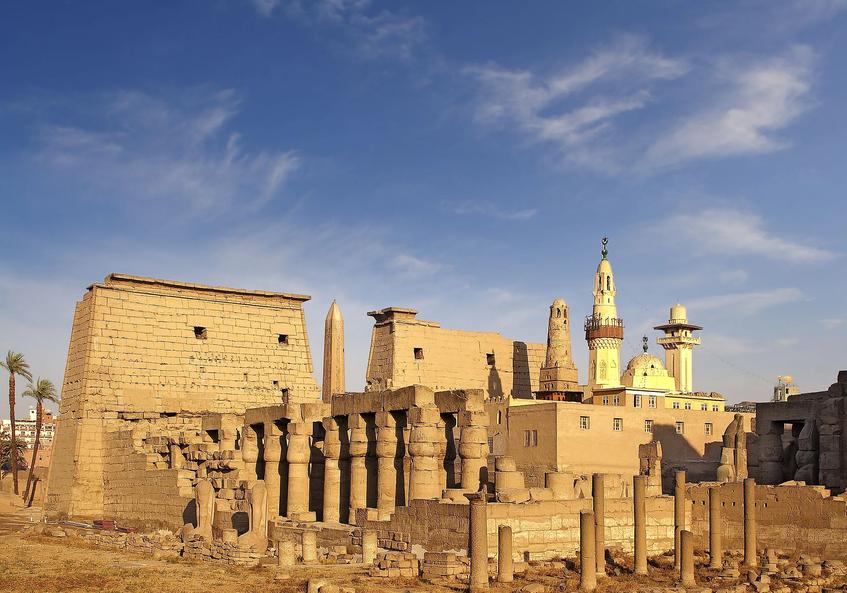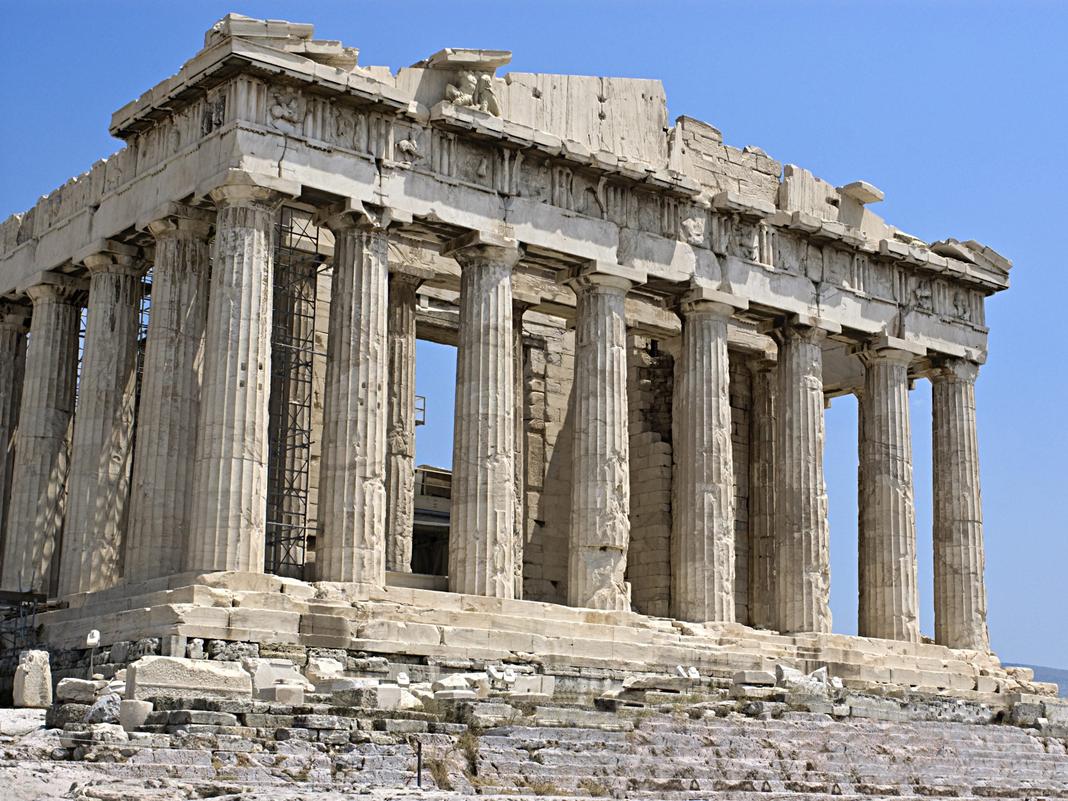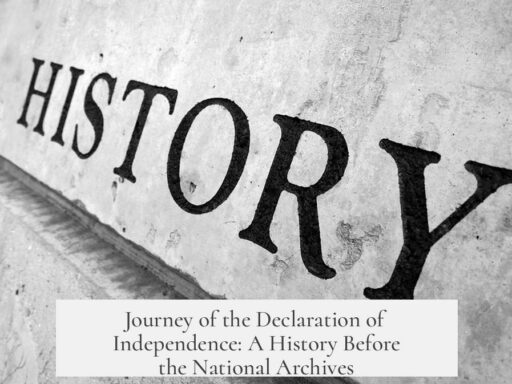Some of the most notable symbols used in war iconography of the ancient world include animals, weapons, and mythological emblems that communicated power, protection, and divine favor. These symbols appeared on shields, banners, armor, and monuments, serving to inspire troops and intimidate foes.

In ancient Mesopotamia, the lion symbolized strength and royalty. Kings often showcased lions on war standards to project dominance. The Assyrian reliefs depict lions as fierce protectors of the king in battle scenes.
Greek hoplites used the owl emblem to signify wisdom and strategic skill in warfare. Spartan shields frequently bore lambda (Λ), representing Lacedaemon, to foster unity and courage.

In Egypt, the image of the falcon-headed god Horus appeared on military artifacts to invoke divine protection. Pharaohs associated with Horus adopted this symbol to legitimize rule and military success.
The Roman army used various standards known as signa, including the eagle (aquila), which epitomized Roman might and was carried by the legion’s standard-bearer. Losing an eagle standard was considered a grave dishonor.

| Culture | Symbol | Meaning |
|---|---|---|
| Mesopotamia | Lion | Strength, Royalty |
| Greece (Sparta) | Lambda (Λ) | Unity, Regional Identity |
| Egypt | Falcon (Horus) | Divine Protection |
| Rome | Eagle (Aquila) | Power, Legion Identity |
Mythological creatures like the griffin or sphinx also appeared, symbolizing protection and vigilance. Weapons such as swords and spears frequently appeared in iconography, emphasizing martial skill.
War banners often combined several symbols to represent the warrior’s city, godly favor, and personal valor. These emblems provided psychological warfare, projecting an image of invincibility.

Studying these symbols offers insight into each culture’s values and beliefs about war. Many remain recognizable today, embodying ancient ideals of courage and authority.
- Animals like lions and eagles symbolize strength and supremacy.
- Geometric emblems, such as Spartan lambda, promote unity.
- Divine figures invoke protection and legitimize rulers.
- Standards and banners unify troops and intimidate enemies.
Unveiling the Most Notable Symbols Used in War Iconography of the Ancient World

When it comes to war iconography in the ancient world, symbols played a key role in identity, communication, and morale. But what exactly were these symbols? You might picture shields splashed with mysterious emblems or banners fluttering with strange signs. Let’s dive straight into this fascinating visual language that warriors wielded alongside their swords and spears.
First, you might wonder, “What qualifies as a symbol in ancient war iconography?” Simply put, these are images or motifs representing factions, gods, power, or ideals. They often appeared on shields, armor, standards, coins, and even battle gear. Their purpose? To intimidate enemies, boost troop spirit, and communicate allegiances across chaotic battlefields.

A Quick Look at Some Standout Ancient War Symbols
Throughout ancient history, several patterns and motifs appeared repeatedly across cultures. Let’s highlight a few of the most notable:
- The Griffin: Part eagle, part lion, this mythical beast symbolized divine power and protection in Greek and Near Eastern armies. Its fierce visage graced helmets and banners alike.
- The Eagle: Particularly important in Roman war iconography, the eagle stood for power, courage, and the imperial spirit. Roman legions carried their eagles (aquilae) with immense reverence, as losing one was considered a massive disgrace.
- The Sun and Lightning Bolts: Used by ancient Persians and various Mediterranean cultures, these symbols conveyed invincibility and the favor of gods like Zeus and Ahura Mazda. They suggested the army was under divine protection and wielded unstoppable force.
- The Serpent or Dragon: This symbol appeared in Celtic and East Asian cultures, implying wisdom, rebirth, and guard against evil. Some cavalry units displayed serpents swirling on shields to invoke fear.
- The Crossed Spears or Axes: Simple but powerful, these symbols represented martial prowess and readiness to fight. Found commonly on shields and standards, their meaning was universally understood across many cultures.
- Animals Symbolizing Local Identity: Lions, bulls, horses, and wolves often symbolized strength and bravery tied to local or tribal identities. For example, the lion was a powerful war symbol in Mesopotamia and Egypt.
Why Did These Symbols Matter? More Than Just Decoration
War iconography wasn’t random artistry. There was a practical, psychological function behind it. Imagine the fear factor when an opposing army’s standards swirl with striking symbols—the imprint in your mind can be as sharp as a spear.
Moreover, these symbols worked like ancient “brands.” Troops used them to maintain unit cohesion amid the chaos of battle. Confusing the enemy or rallying your own men depended heavily on these instantly recognizable marks. The loss of one’s banner or eagle was akin to losing a piece of identity—something devastating to morale.
The Stories These Symbols Tell
Take the Roman eagle, or aquila. It was not just a symbol but a sacred object carried by the legion’s eagle-bearer. One ancient battle tale tells of soldiers risking life and limb to rescue a lost eagle standard, highlighting its profound importance. The eagle symbolized Rome’s very soul and military might. No wonder its image inspired endless stories and heroic deeds.
Similarly, Greek warriors often bore images of gods or mythical creatures on their shields. The Spartans, for example, sometimes carried lambda (Λ) — the Greek letter lambda, standing for Laconia, the region of Sparta. It was a simple yet bold symbol, telling friend and foe alike, “Here comes Sparta, ready for war.”
How to Research These Symbols Today? A Little Historical Detective Work
If you want to explore ancient war symbols further, the journey can get complex. Primary sources like ancient texts, sculpture, and surviving artifacts provide clues. However, no single source outlines a full catalog of these icons, so piecing together information requires true detective skills.
Historians often recommend consulting academic resources or experts for precise interpretations. If you’re a creative type—say, a writer or game designer—digging into raw trivia might not suffice. Understanding the deeper cultural meaning behind symbols helps create authentic stories and visuals.
Online communities often stress respecting experts’ time and advice when asking about historical symbols. A wise move is finding credible academic books or hiring historical consultants. These professionals can provide insights that elevate your project beyond clichés or inaccuracies.
Inspiring Examples from Around the Ancient World
| Civilization | Symbol | Meaning |
|---|---|---|
| Ancient Rome | Eagle (Aquila) | Imperial power and legion honor |
| Greek City-States | Lambda (Λ) | Spartan identity and warrior pride |
| Persian Empire | Sun and Winged Disc | Divine authority and protection |
| Celts | Serpents and Dragons | Wisdom and mystic power |
| Mesopotamia | Lion | Strength and royal protection |
Got War Symbols on Your Mind? Final Thoughts
Ancient war symbols are more than mere decorations. They reflect how ancient cultures conceived honor, power, and divine favor. Every eagle, serpent, or lightning bolt carried layers of meaning for warriors who believed in their magic — or at least in their ability to rally a fearful enemy.
If you’re a history buff, storyteller, or creator, exploring these symbols opens doors to rich narratives and vivid imagery. So, next time you see a lion charging on a shield or a mysterious dragon twist in a fresco, remember—they’re not just art. They’re ancient warriors’ badges of identity, courage, and hope.
What symbol would you pick if you were leading an army today? A fierce lion, a cunning serpent, or perhaps the ever-mighty eagle? Think about the story that symbol would tell and how it might shape the legend of your campaign.


